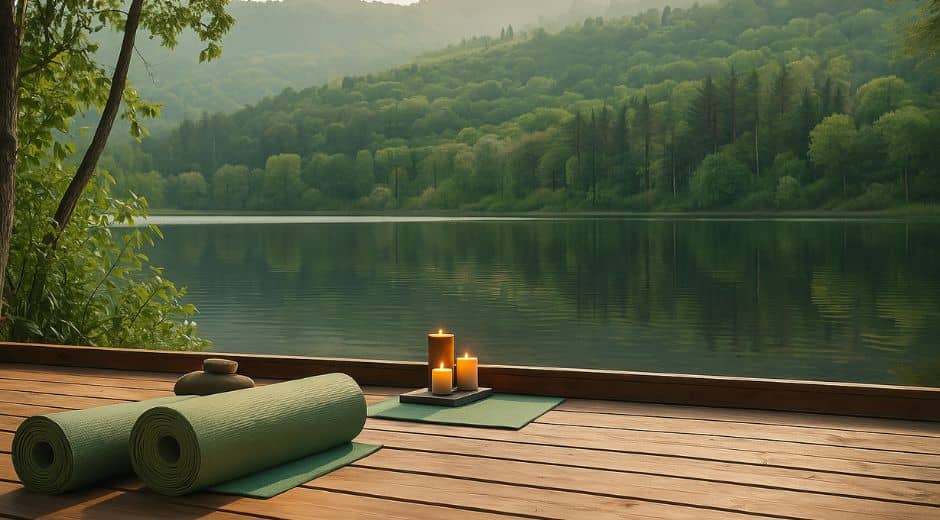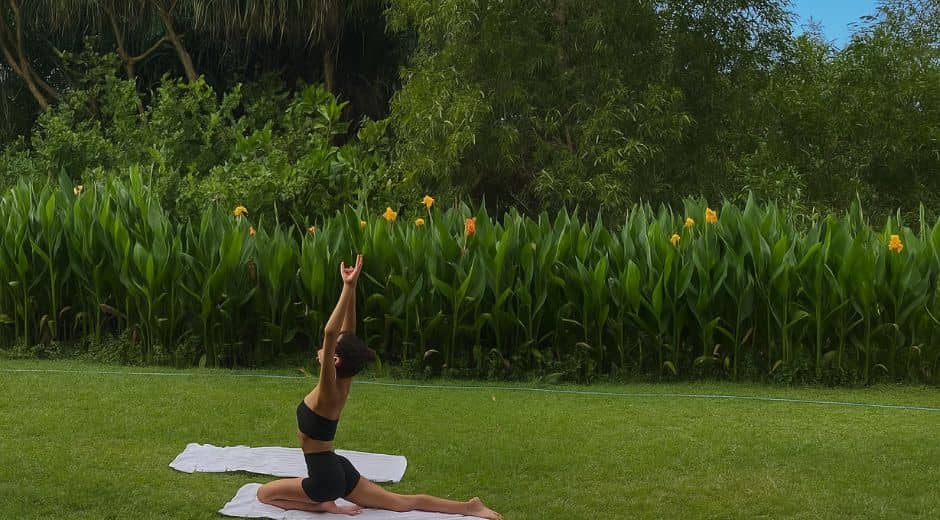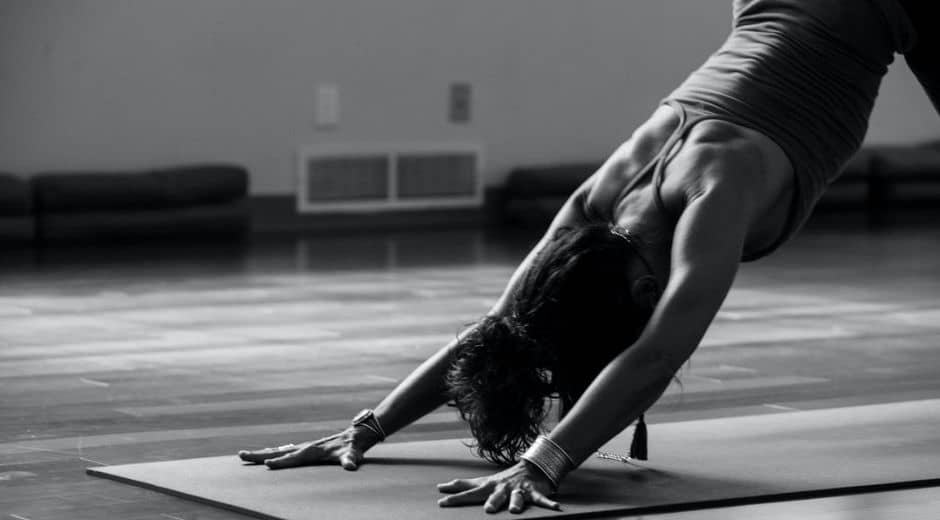Meditation as Movement: Flow Practices for Everyday Life
Meditation as Movement: Flow Practices for Everyday Life
In today’s fast-paced world, finding moments of stillness can feel like an impossible task. Yet, there is a practice that bridges motion and mindfulness, creating harmony between body and mind: Meditation as movement. Unlike traditional seated Meditation, this approach integrates gentle motion with mindful awareness, transforming daily routines into restorative rituals that enhance focus, clarity, and inner balance.
The beauty of Meditation in motion lies in its accessibility. You don’t need a quiet room, a cushion, or an hour of uninterrupted time. Flow practices can be integrated into walking, stretching, yoga, or even simple daily tasks. By paying attention to your body, breath, and environment, each movement becomes an opportunity to reconnect with yourself.
Understanding Flow Through Movement
Flow is the state in which mind and body operate in synchrony, free of distraction and judgment. It’s a psychological space of complete engagement, often experienced in creative pursuits, exercise, or mindful activities. Incorporating Meditation into movement allows you to access this state more easily. Each gesture, each step, is performed with intention and awareness, fostering presence and emotional clarity.
Practices such as mindful walking, slow stretching, and gentle yoga sequences are excellent gateways. For instance, during a walk, notice the sensation of your feet touching the ground, the rhythm of your breath, and the natural flow of your body. This simple exercise cultivates awareness while promoting physical relaxation.
Gentle Yoga as Moving Meditation
Yoga, when approached mindfully, exemplifies Meditation as movement. Slow transitions between poses, conscious breathing, and a focus on alignment transform a typical yoga session into a flow meditation. Movements are not rushed; the body is respected, and attention is continuously brought to the present moment.
Practitioners find that this form of Meditation reduces stress hormones, improves flexibility, and enhances mental clarity. The deliberate attention to each posture encourages an internal dialogue that calms mental chatter and fosters a deep sense of presence.
Breath as the Anchor
At the heart of all flow practices is the breath. Breathing intentionally connects mind and body, serving as an anchor throughout movement-based Meditation. Techniques such as diaphragmatic breathing, box breathing, or rhythmic inhalation and exhalation synchronize with physical movement, heightening awareness and promoting calm.
Whether you are lifting your arms, bending forward, or simply walking, coordinating breath with motion keeps the mind focused and prevents distraction. Resources like BodyWellnessGroup emphasize the importance of combining breath with movement to create a harmonious and restorative practice.
Integrating Flow Into Daily Life
Meditation as movement does not require formal sessions. Small rituals can be woven into everyday activities. Washing dishes, folding laundry, or watering plants can become mindful flow practices when performed with full attention. Notice textures, sounds, and sensations, allowing each action to ground you in the present moment.
Similarly, stretching upon waking or taking a short mindful walk during lunch can refresh mental energy and improve focus. These micro-practices create pockets of calm throughout the day, ensuring that the mind remains centered even amidst activity.
Creating a Mindful Space
While flow practices can be done anywhere, setting up a dedicated space enhances the experience. Soft lighting, a comfortable mat, and minimal distractions foster immersion. Adding subtle elements such as gentle music, candles, or natural scents further encourages relaxation and focus.
FocusMindFlow provides resources and guides for creating these mindful environments, emphasizing the integration of mental clarity with physical presence. Even small adjustments, such as clearing clutter or adding a plant, can transform a routine space into a sanctuary for movement-based Meditation.
The Benefits of Moving Meditation
The advantages of combining movement with Meditation extend beyond relaxation. Physically, it improves posture, flexibility, and circulation. Mentally, it reduces anxiety, enhances concentration, and fosters emotional resilience. Spiritually, it encourages self-awareness and connection to the present moment.
Flow practices also support creativity and problem-solving. Many artists, writers, and thinkers find that moving while being mindful allows ideas to arise naturally, unforced and unobstructed. This state of relaxed focus is where inspiration often thrives.
For those interested in a broader perspective on mindful travel and creative energy, TripBeyondTravel highlights how movement-based awareness can be incorporated even while exploring new environments, turning travel into a restorative and conscious experience.
Combining Stillness and Motion
While moving Meditation emphasizes flow, combining it with moments of stillness enhances its effectiveness. A short seated Meditation before or after a mindful walk, gentle yoga session, or daily task helps anchor the mind and integrate the benefits of movement.
This combination reinforces the mind-body connection, allowing the calming effects of Meditation to extend beyond the practice into daily life. Over time, these habits cultivate a balanced, resilient, and focused mindset.
Personalizing Your Flow Practice
The beauty of Meditation as movement is its adaptability. Each individual can tailor the practice to their needs, physical abilities, and lifestyle. Some may prefer slow, deliberate stretching, while others find mindful walking more accessible. The key is consistency and intention.
You can also integrate creative expression into flow practices — gentle dancing, tai chi, or even mindful drawing and writing. The goal is to maintain attention, presence, and emotional engagement throughout the activity.
Mindful Reflection and Journaling
Following a flow session, a brief period of reflection can deepen the experience. Journaling thoughts, emotions, and sensations observed during the practice reinforces self-awareness and emotional processing. It also helps identify patterns and insights that contribute to personal growth.
For additional guidance on integrating mindfulness into daily life, StyleRadarPoint provides curated articles and insights that connect aesthetic lifestyle choices with intentional mental habits, supporting holistic well-being.
Conclusion
Meditation as movement is a versatile and powerful approach to cultivating inner flow. By integrating mindful awareness into physical activity, daily tasks, and creative expression, you create opportunities for presence, calm, and clarity in everyday life.
These flow practices not only enhance mental and emotional well-being but also foster physical health, creativity, and resilience. By dedicating time to conscious motion, breath, and reflection, you invite balance and harmony into every aspect of your routine.
Incorporating movement-based Meditation into your lifestyle transforms ordinary moments into mindful experiences, allowing you to live with intention, presence, and energy. Resources like FocusMindFlow continue to offer guidance and inspiration for integrating these practices, helping you cultivate a consistent and restorative inner flow.
Focus Flow Forward

Grounding Techniques for a Balanced Mind
Grounding Techniques for a Balanced Mind

Stillness as a Path to Inner Awareness
Stillness as a Path to Inner Awareness

The Power of Alignment: Flowing in Harmony with Yourself
Learn how alignment helps you reconnect with your true self, find balance between mind and action, and live in a state of natural inner flow.

The Path to Stability: Strengthening Your Inner Foundation
Explore how cultivating stability in your thoughts, emotions, and routines builds mental balance, clarity, and peace in a fast-changing world.













